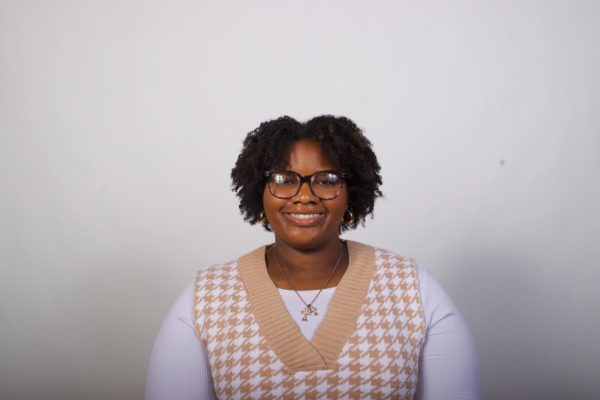‘A Class Divided’ is worth watching
October 1, 2018
Diversity education must be the hot topic right now. ln a couple of my classes this semester I am learning about diversity in the workplace. Even my Resident Assistant is having a diversity program this week. In my business Management and Organizational Behavior class, we recently watched a video called “A Class Divided.” It was a real-life event from the 1970s when a teacher named Jane Elliott gave her class of third graders an experiment on diversity. The video appeared on a TV show called ‘Frontline’ years later when the students were grown and they had a reunion at the school to watch the lesson Ms. Elliot taught the class.
On the first day of the experiment, the students with blue eyes were given preferential treatment over the brown-eyed students. The blue-eyed students got to have longer recess, got positive reinforcement and were superior in every way over the brown-eyed students. The students with the brown eyes had to wear collars around their necks to signify that they were the inferior group. As the day went by, the blue-eyed students treated the other students very rudely and called them names. In the video you can see the sad faces of the brown-eyed kids who were treated badly because of a physical trait they had no control over. While participating in class, the favored group answered questions enthusiastically, accurately and faster, and they performed better on tests.
On the next day of the experiment the roles were reversed. The students with brown eyes took their collars off and put them on the blue-eyed students and got preferential treatment for the day. The blue-eyed students then felt how bad it was to be on the other side of the experiment. When Ms. Elliott gave the students tests on the second day, the blue-eyed students performed worse on the second day, whereas the brown-eyed students performed better on the second day.
This video was a huge eye opener. It was shocking to see how the students treated others so differently based on a physical characteristic singled out by their teacher. More than 40 years after Ms. Elliott’s experiment, diversity discrimination still exists. No matter what we look like, we have all been discriminated against and have discriminated against others based on how someone looks or what kind of life we think they live. Being diverse should not make us separate; it should bring us together. More schools should talk about diversity, or inclusivity as many people call it now. I have always had a diverse group of friends that come from different backgrounds, and it honestly gives me a new perspective on how I view things. People should focus less on the things that make us different and more on what we have in common that brings us together.
Kate Rehwinkel is a junior management major. She can be reached at 581-2812 or at [email protected].















































